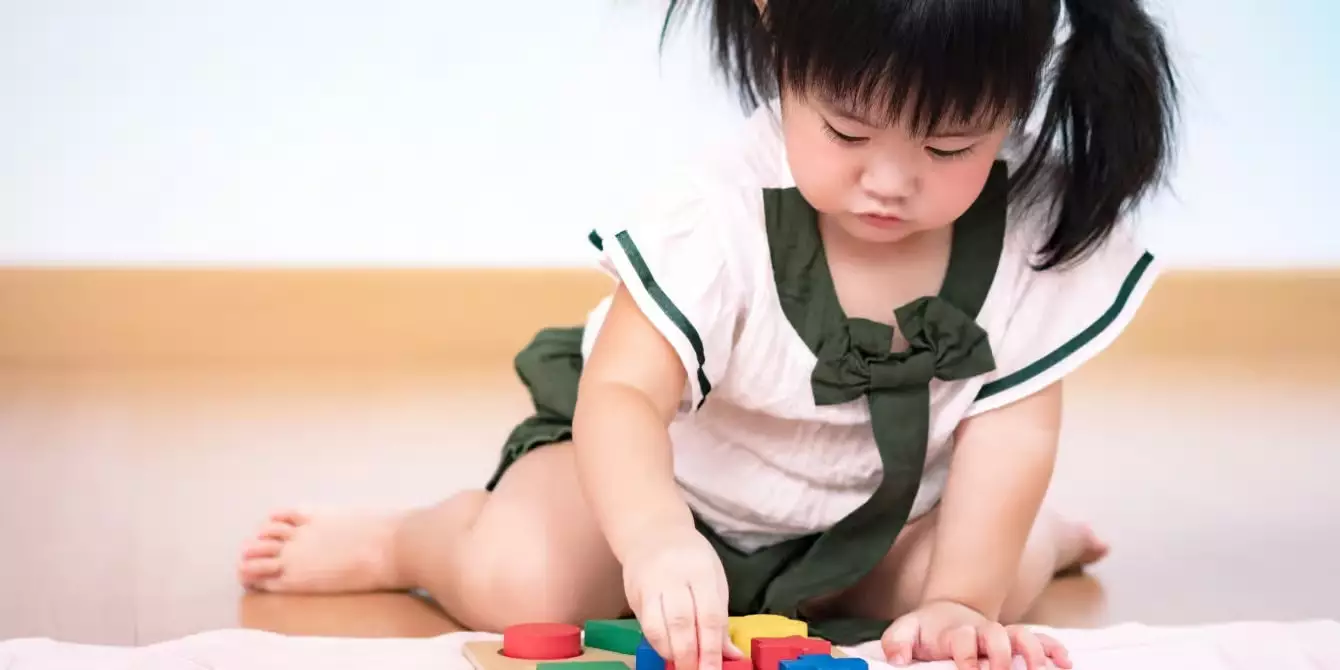As a parent or caregiver, you find yourself in the delightful whirlwind that is the life of a two-year-old. There’s an undeniable beauty in witnessing these small humans blossom into independent thinkers and express their emerging personalities through playful interactions. This age can be both enchanting and challenging as your child starts asserting their preferences—from what they want to wear to what food they demand at mealtimes, each decision feels monumental. However, this is a crucial developmental phase where they cultivate their identities and test boundaries, making it all the more essential to nurture their growth with engaging activities that promote independence while also being enjoyable.
The Art of Sensory Play
One of the most effective ways to support toddlers during this phase is through sensory play. Activities that stimulate multiple senses not only captivate their attention but also facilitate essential developmental milestones. Take homemade playdough, for example. Infusing simple ingredients like flour and water with delightful scents such as vanilla or citrus can turn an ordinary sensory experience into a unique tactile adventure. As they knead and mold the dough, kids work on their fine motor skills while exploring various textures—an excellent combination for both focus and relaxation.
Additionally, sensory bins filled with materials like dried beans, rice, or kinetic sand can be immensely rewarding. These bins allow toddlers to explore countless textures while incorporating their favorite toys. The act of discovering new textures alongside familiar objects can create a comforting yet stimulating environment where children learn through exploration.
Challenging Fine Motor Skills
Engaging toddlers in activities that promote fine motor skills can set the groundwork for future learning endeavors. An exciting method involves freezing small toys in ice blocks. Armed with simple tools like spoons or paintbrushes, your child can embark on a mini-mission to uncover their hidden treasures. This not only hones their problem-solving skills as they strategize how to chip away at the ice, but it also provides a thrilling sensory experience.
Another fantastic option is to introduce colorful pom poms and toddler-friendly tongs or spoons. Transferring pom poms from one container to another challenges hand-eye coordination and concentration. By adding an additional task—such as identifying colors—you’re wrapping in elements of cognitive development, which is both useful and stimulating.
Fun with Learning
The notion of learning through play is particularly promising at this stage of childhood. Using flashcards displaying both uppercase and lowercase letters sparks early literacy skills. Not only does your child get to match letters, but they also engage their memory. You may even facilitate a mini scavenger hunt in the house where they locate the letters that spell their name. These tasks support language development in playful and innovative ways.
Shape recognition can also be seamlessly integrated into playtime. Hiding shape cutouts around the house encourages your little one to problem-solve as they navigate their environment. Not only does this enhance gross motor skills, but it also adds an element of excitement to their learning experience.
Exploring the World Together
There is profound value in dedicating one-on-one time with your two-year-old, allowing them to experience adult activities in a nurturing setting. Imagine taking them to a cozy café—an escapade as simple as sipping on a drink and marveling at passing dogs fosters priceless memories while allowing them to learn social interactions firsthand. Such early experiences of the “grown-up world” instill a sense of belonging and connection, feeding into their burgeoning independence.
At home, the idea of a “barista” role-play game can be equally as thrilling. Simulating a coffee shop with pretend beverages allows for creativity while refining social skills and culinary imaginings.
Movement and Creativity Combined
There’s no denying that toddlers overflow with energy. Channeling that energy into movement-based activities is crucial for their physical development. Apps idea includes creating a racecourse using painter’s tape on the floor where children can zip their toys around. This simple activity helps them practice balancing and spatial awareness while letting their imaginations run wild.
Additionally, anyone can enjoy the satisfaction of popping bubbles, and bubble wrap can be a delightful tactile experience for toddlers. As they stomp and jump on the wrap, they engage their auditory senses and refine their coordination.
Embracing the role of a caregiver during this pivotal age is transformative not just for the child but for the adult as well. It’s a front-row seat to an exhilarating journey, one filled with tiny triumphs and lessons that can manifest in arresting ways. While navigating this challenging yet rewarding phase, implementing dynamic, supportive, and engaging activities will nurture your child’s independence in a meaningful way, giving them the space to thrive.

